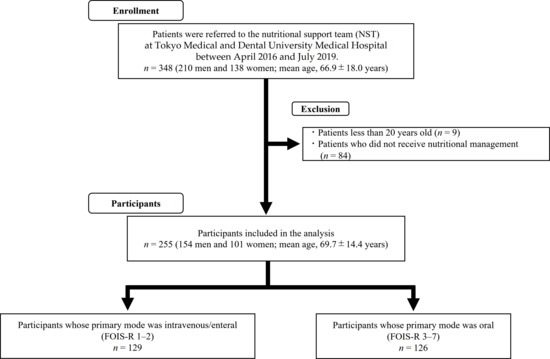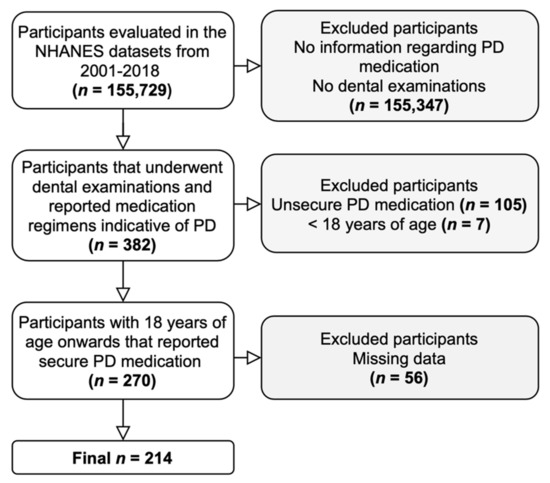Relationships between Oral Health Management and Systemic Health (Closed)
A topical collection in International Journal of Environmental Research and Public Health (ISSN 1660-4601). This collection belongs to the section "Health Care Sciences".
Viewed by 109987Editor
Interests: oral complications of cancer and its management; perioperative oral health care; oral and maxillofacial surgery; oral medicine; oral health care
Topical Collection Information
Dear Colleagues,
Oral health management first attracted attention as a supportive therapy for cancer treatment and has been actively promoted internationally. Previous clinical studies have shown that professional oral hygiene care can reduce many oral adverse events—mainly oral mucositis, pneumonia and wound infections—the treatment of cancer. Additionally, periodontal disease is a very common oral bacterial infection leading to tooth loss, and this also causes many systemic diseases, including diabetes, heart disease, cerebral infarction, dementia, etc.
Interventions in feeding and swallowing rehabilitation and nutritional management are also important in oral health management. We believe that the close collaboration between medical and dental professionals is a very important factor in determining the quality of oral health management.
This Topical Collection will focus on various aspects of oral health management, such as: (1) oral health management as supportive oncology, (2) perioperative oral health management for the prevention of post-operative complications and improved prognosis of the systemic disease, (3) evidence for mechanisms that may link periodontal diseases and systemic diseases, (4) approaches to oral health management for preventing flails (oral flail) in elderly persons, and (5) the development of devices or assessment tools to improve oral health management. The overall perception of current oral health management strategies will also be discussed.
Prof. Dr. Yuji Kabasawa
Collection Editor
Manuscript Submission Information
Manuscripts should be submitted online at www.mdpi.com by registering and logging in to this website. Once you are registered, click here to go to the submission form. Manuscripts can be submitted until the deadline. All submissions that pass pre-check are peer-reviewed. Accepted papers will be published continuously in the journal (as soon as accepted) and will be listed together on the collection website. Research articles, review articles as well as short communications are invited. For planned papers, a title and short abstract (about 100 words) can be sent to the Editorial Office for announcement on this website.
Submitted manuscripts should not have been published previously, nor be under consideration for publication elsewhere (except conference proceedings papers). All manuscripts are thoroughly refereed through a single-blind peer-review process. A guide for authors and other relevant information for submission of manuscripts is available on the Instructions for Authors page. International Journal of Environmental Research and Public Health is an international peer-reviewed open access monthly journal published by MDPI.
Please visit the Instructions for Authors page before submitting a manuscript. The Article Processing Charge (APC) for publication in this open access journal is 2500 CHF (Swiss Francs). Submitted papers should be well formatted and use good English. Authors may use MDPI's English editing service prior to publication or during author revisions.
Keywords
- oral health management
- professional oral hygiene care
- supportive oncology
- medical and dental collaboration
- oral bacterial infection
- periodontal diseases
- feeding and swallowing rehabilitation
- nutritional management
































